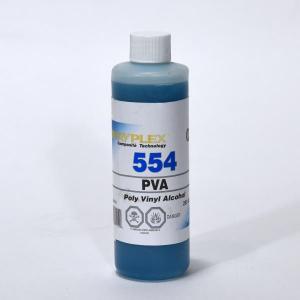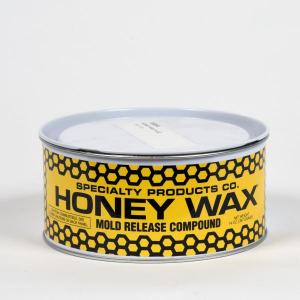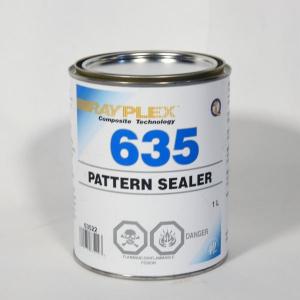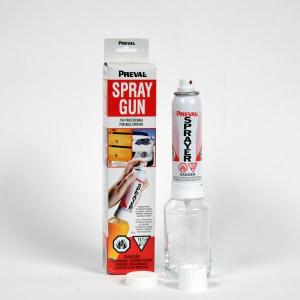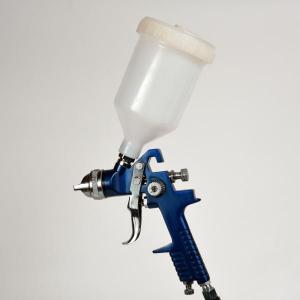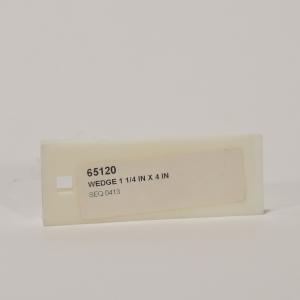🐝 Honey Wax® – Premium Mold Release with Maximum Payoff
Engineered with the purest grade carnauba wax and enhanced by advanced binders and spreading agents, Honey Wax® has been the go-to mold release agent in the reinforced composites industry for over 25 years. Why? Because it works—fast, clean, and reliably.
💡 What’s in it for you:
-
Save Time: Spreads faster and buffs easier than other waxes—cutting down on labor hours.
-
Get More Pulls: Creates a tough, abrasion-resistant film that lasts through multiple releases.
-
Achieve Flawless Results: Delivers high gloss and precise detail reproduction every time.
-
No Stains, No Hassle: Leaves behind a clean, hard-releasing surface that won’t mark your molds.
-
Boost Performance with PVA: Pairs perfectly with PVA for superior release characteristics.
🛠️ Application Tips:
-
For new molds, apply four coats for best results.
-
Start with two coats, buff off excess, let stand for an hour.
-
Finish with two more coats to allow solvents to evaporate and strengthen the wax barrier.
📦 Size: 14 oz 🔧 Part #: 55054

